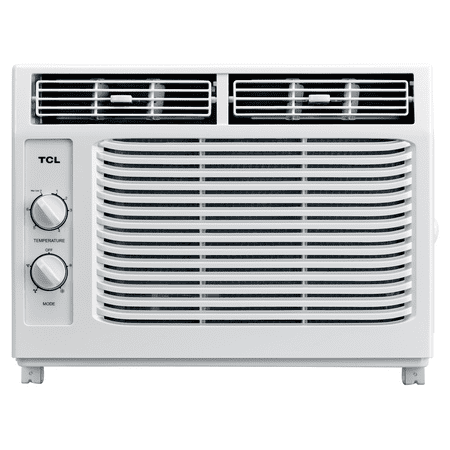Medify Air MA-40 Air Purifier – H13 True HEPA – 99.9% Particle Removal – 370 CADR (White, 1-Pack)
Bring clean fresh air quality to your home or office with Medify Air MA-40 Tower Room Air Purifier so you can start breathing in the cleanest air possible. Filter airborne irritants such as smoke, pollen, dust, mold spores, pet dander and fabric fibers with the Medify Air MA 40 HEPA Room Air Purifier for 800 sq. ft. The higher grade of HEPA filters cleans the air in a room up to 1,600 square feet in 1 hour, 840 square feet in 30 minutes, and 420 square feet in 15 minutes making them a perfect fit for your office, living spaces or bedroom. With 3 fan speeds, 8-hour timer, night mode, an anion generator, and child lock you can be rest assured this filtration system has you covered. The first line of defense in this portable air purifier is the pre-filter which removes hair, fibers, and large particles like dander. Next, the high-efficiency HEPA filter ensnares pollen, dust mites, and other tiny airborne particles you can’t see down to 0.1 microns in size. The last layer of filtration is the carbon filter removing toxic odors, smoke, and formaldehyde from the air in your living space. Start cleaning the air you breathe with the Medify Air MA-40 Tower Room Air Purifier today.




Medify Air MA 40 H13 True HEPA Room Air Purifier for 800 sq. ft.Features H13 HEPA filter which is a higher grade of HEPAThis HEPA air purifier covers 860 square feet with two air exchanges per hourFeatures a built-in particle sensor with visible air quality indicator by colorComes with Stalinite touch panel operations, 4 fan speeds, 8 hour timer, night mode and child lockFor best results, change air filter at least once per season or more often depending on air quality and use





Reviews
There are no reviews yet.